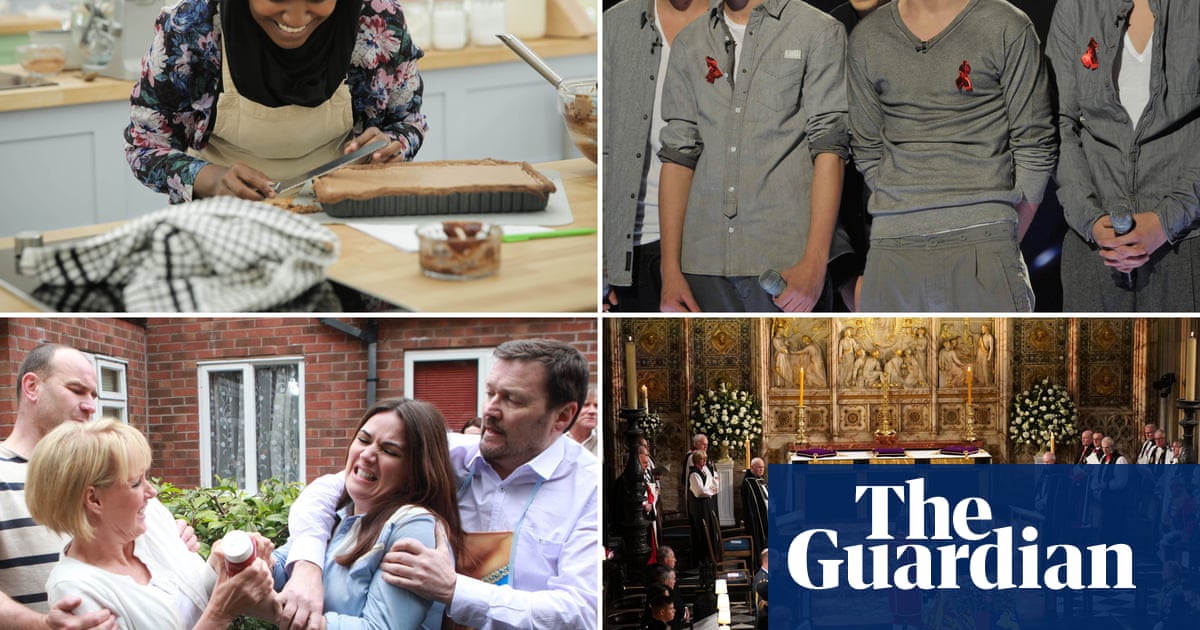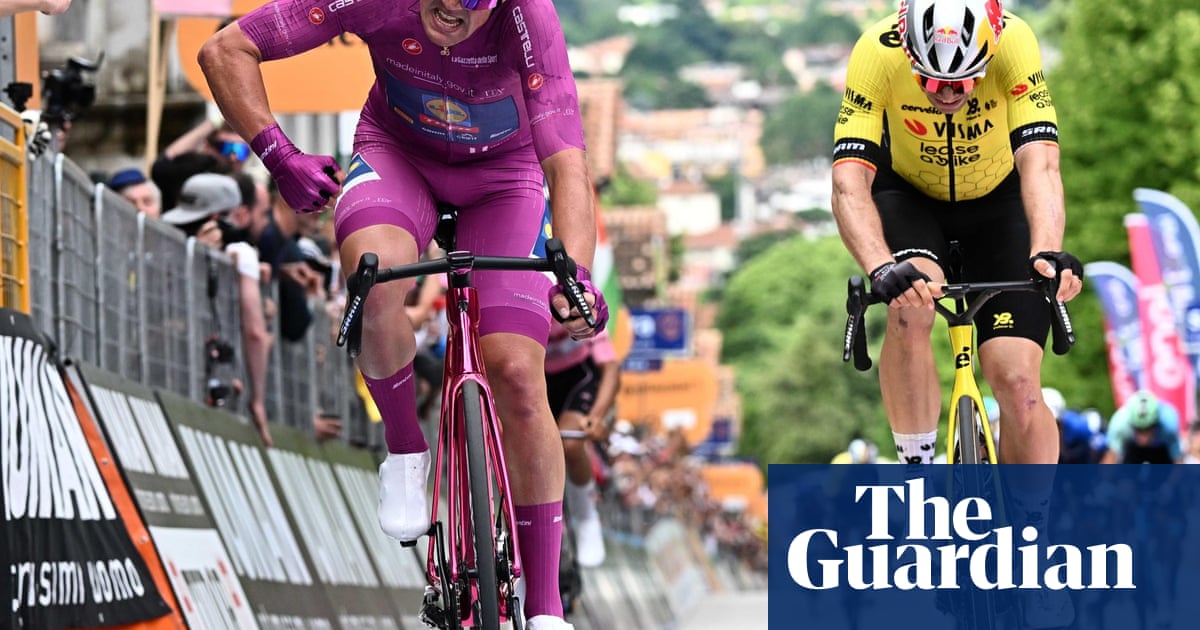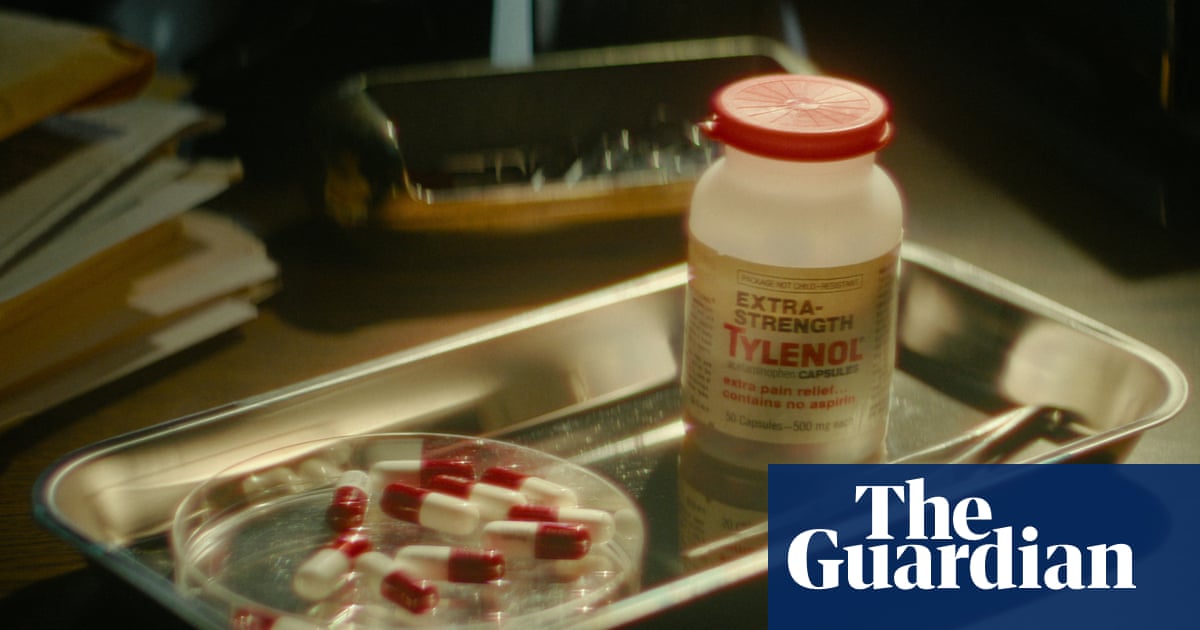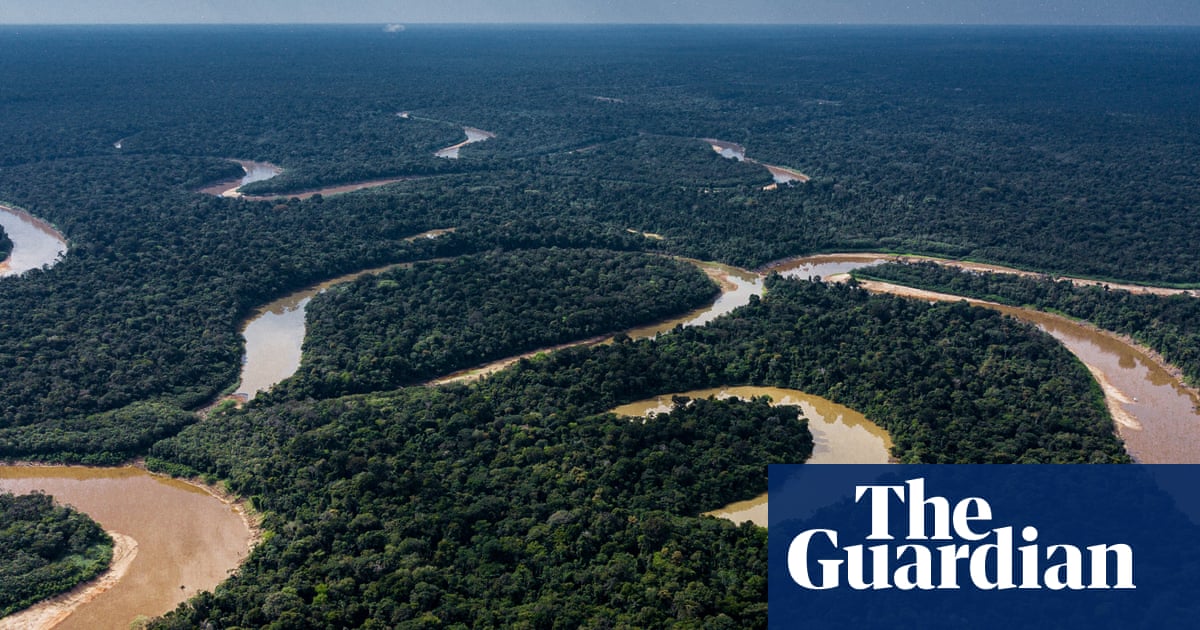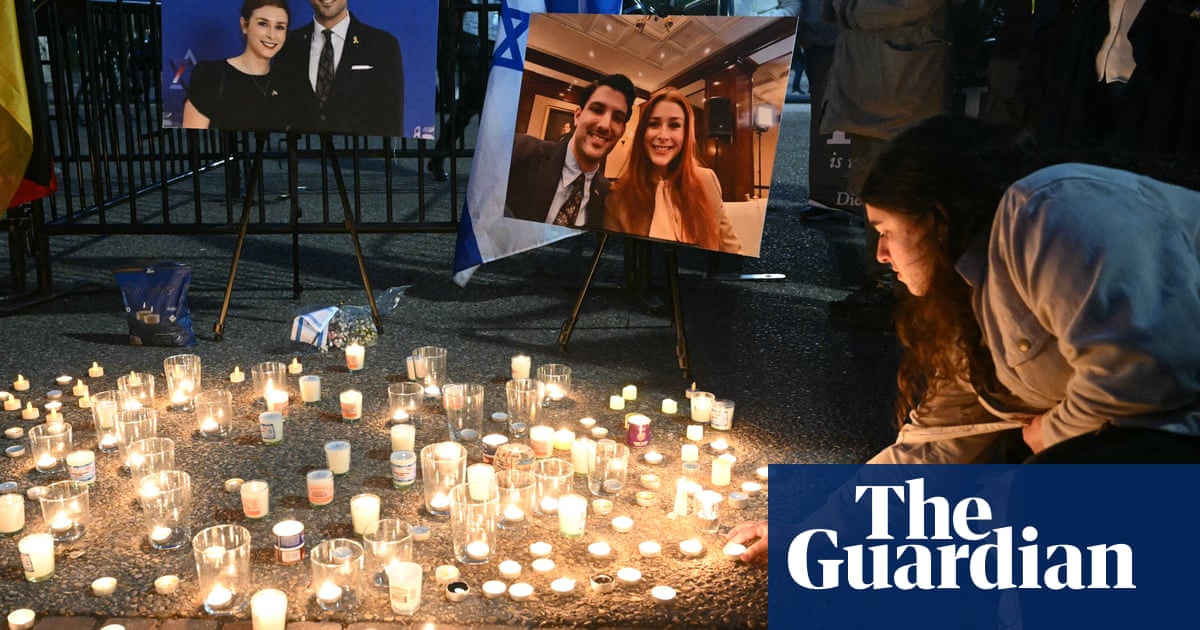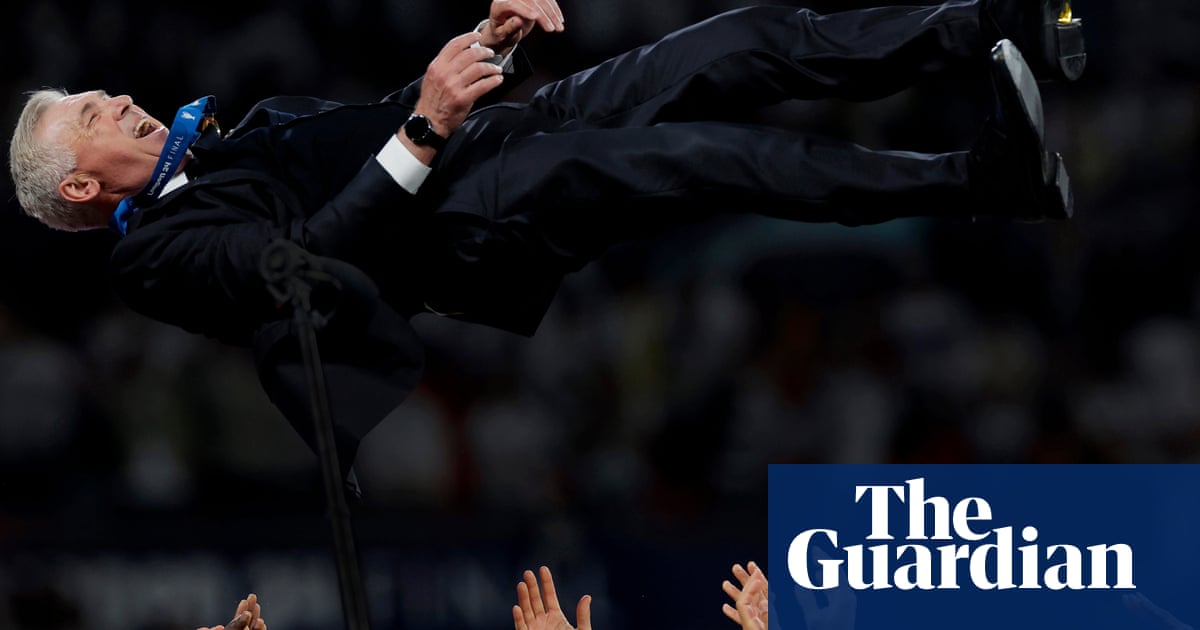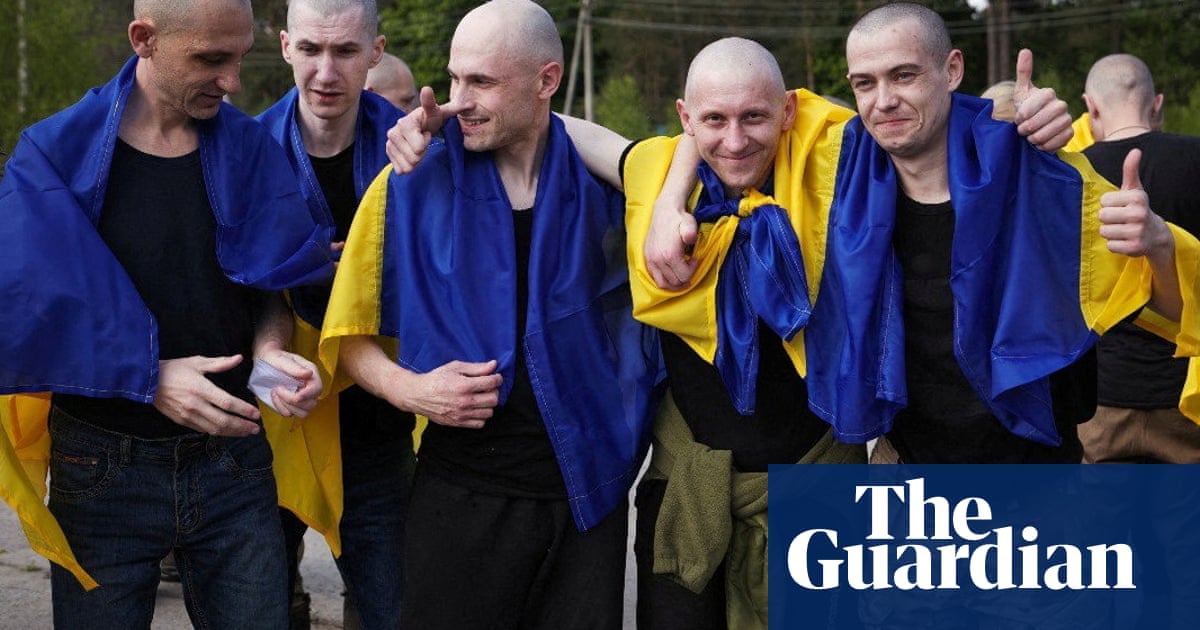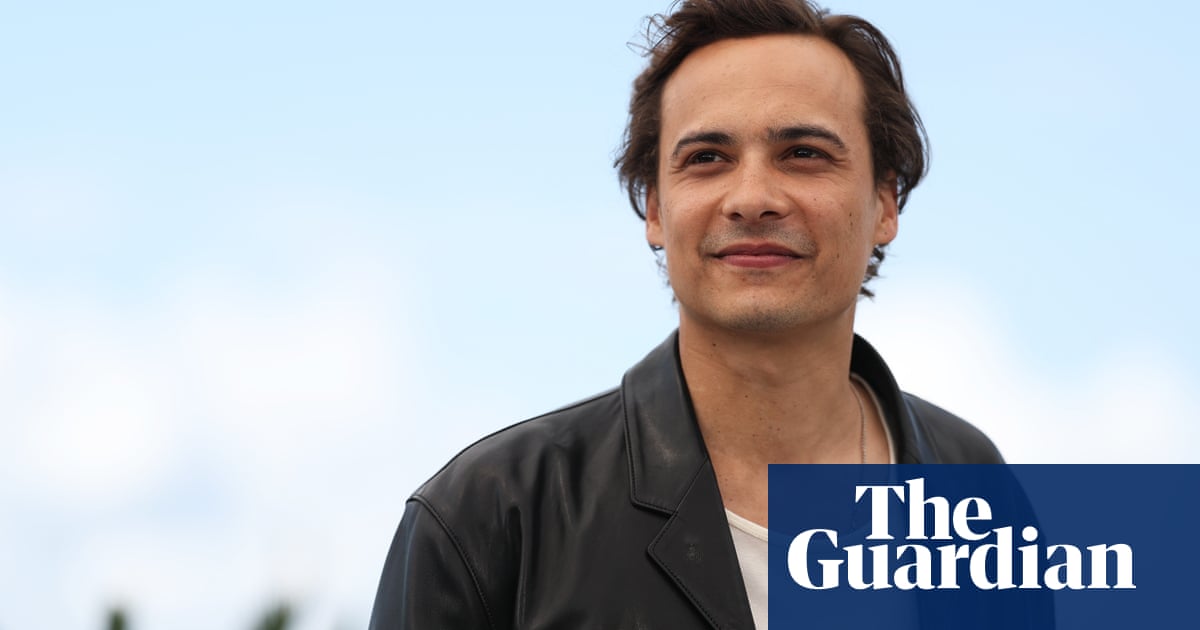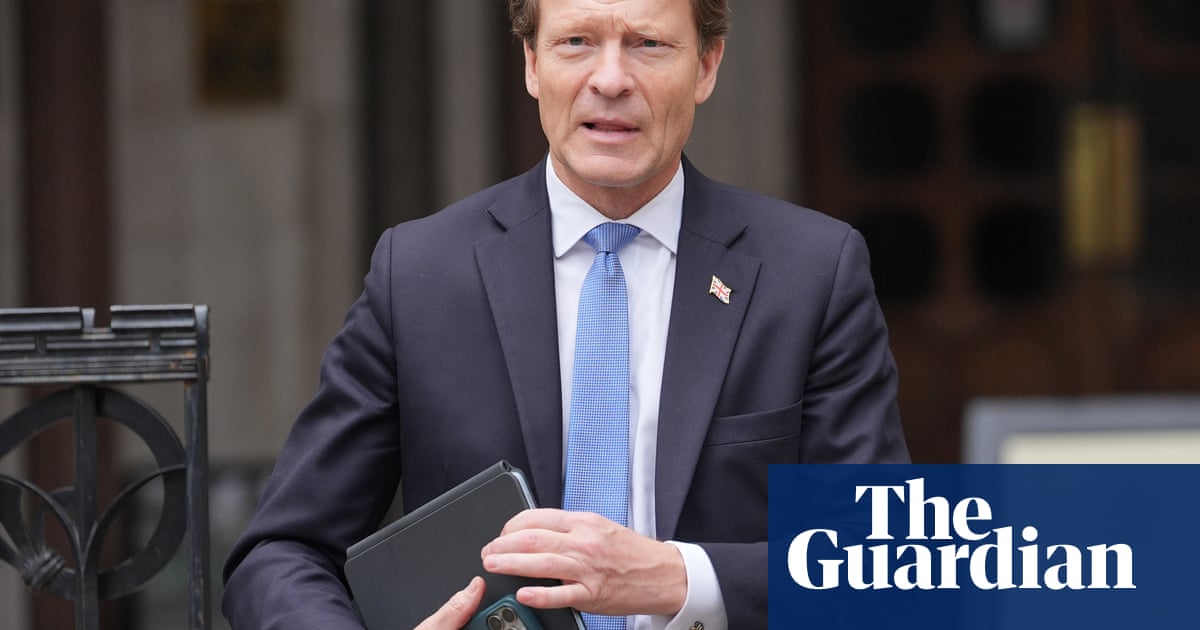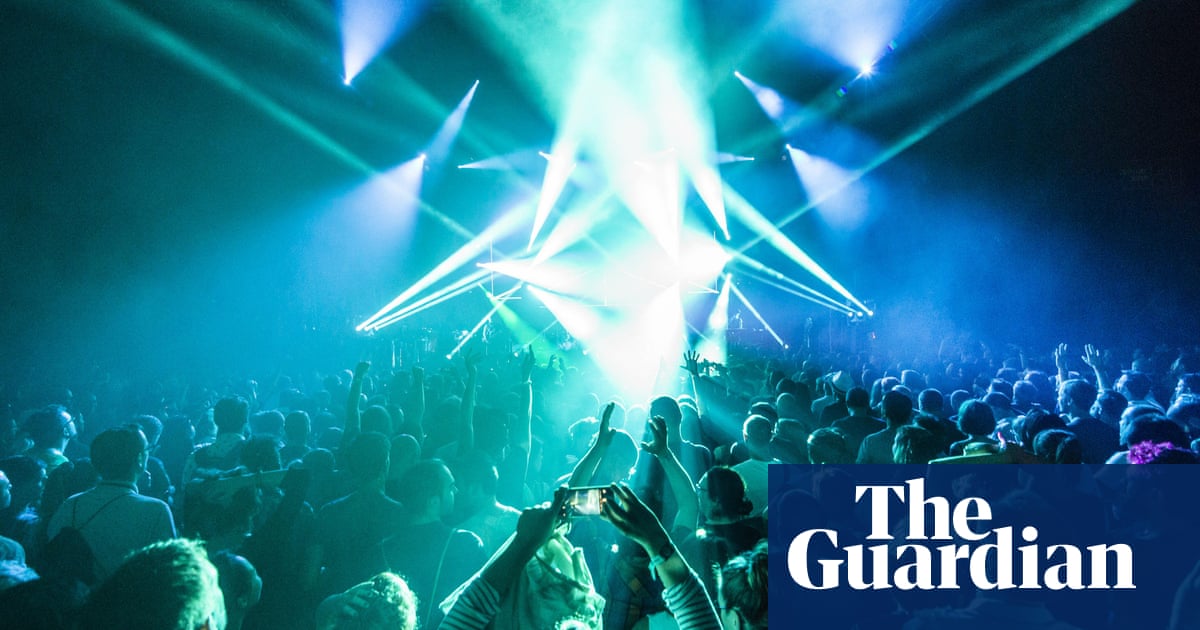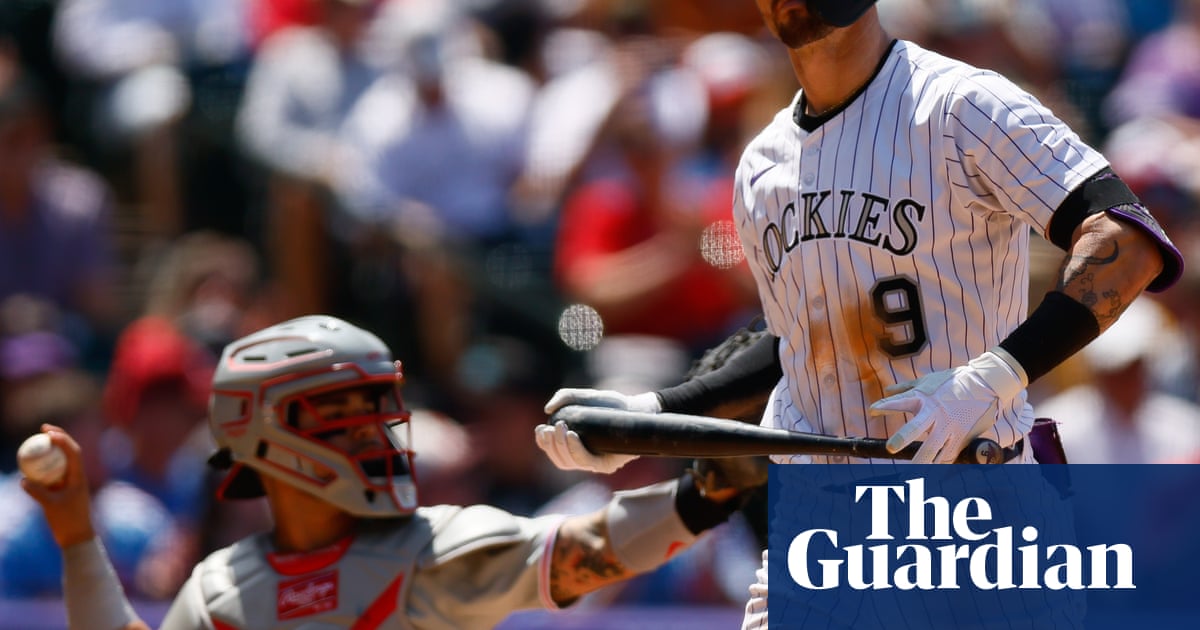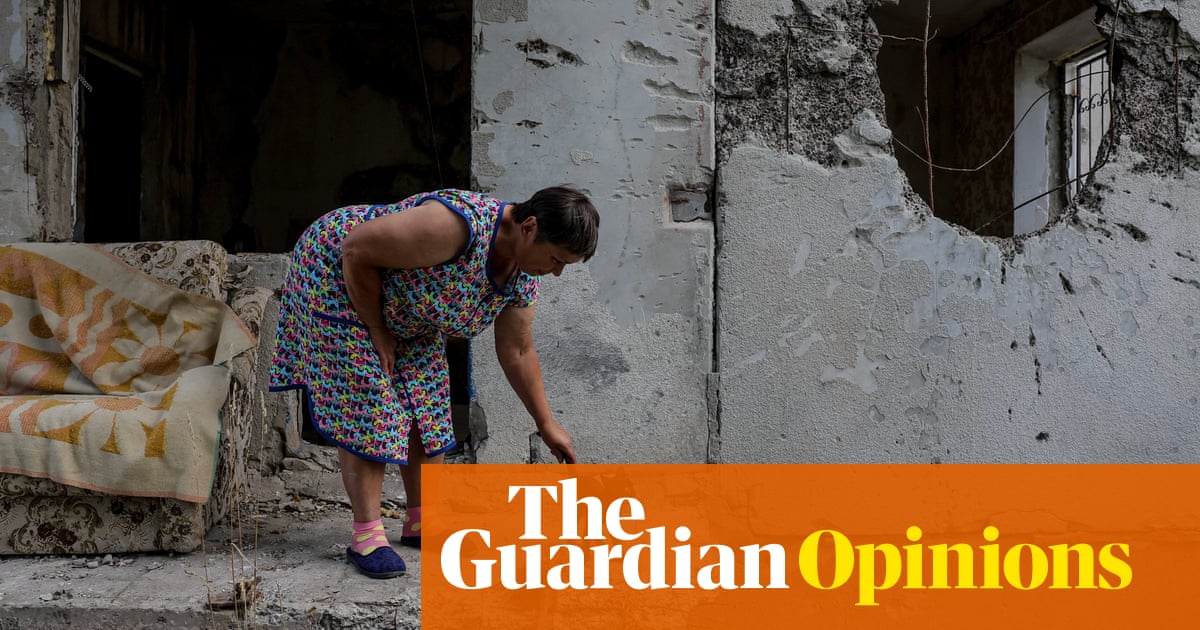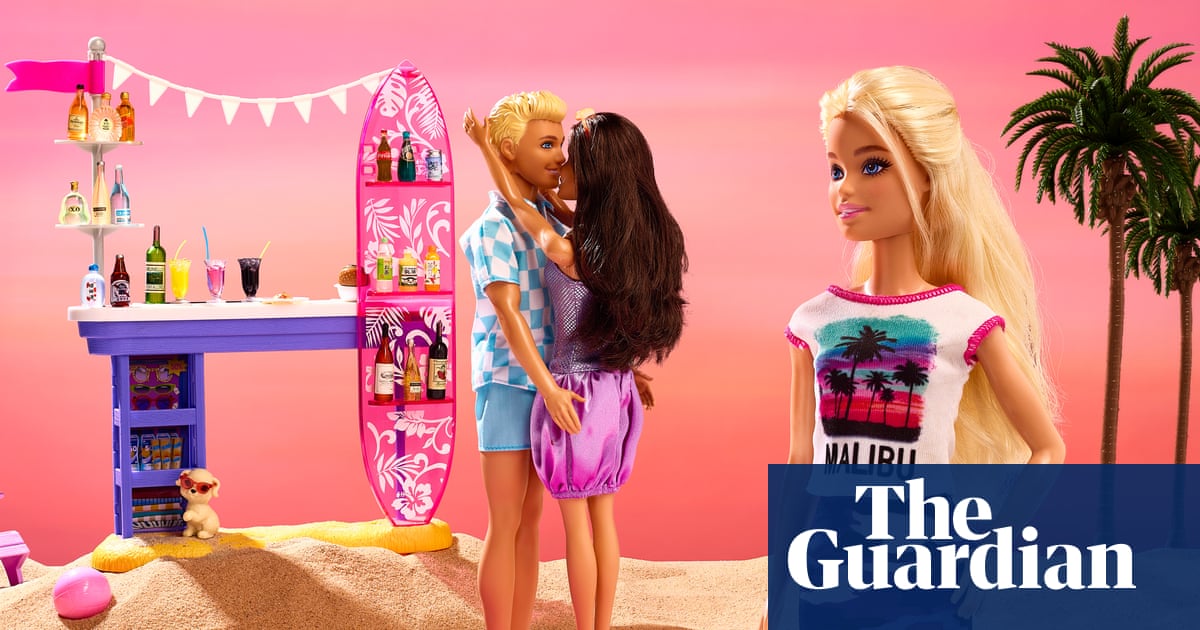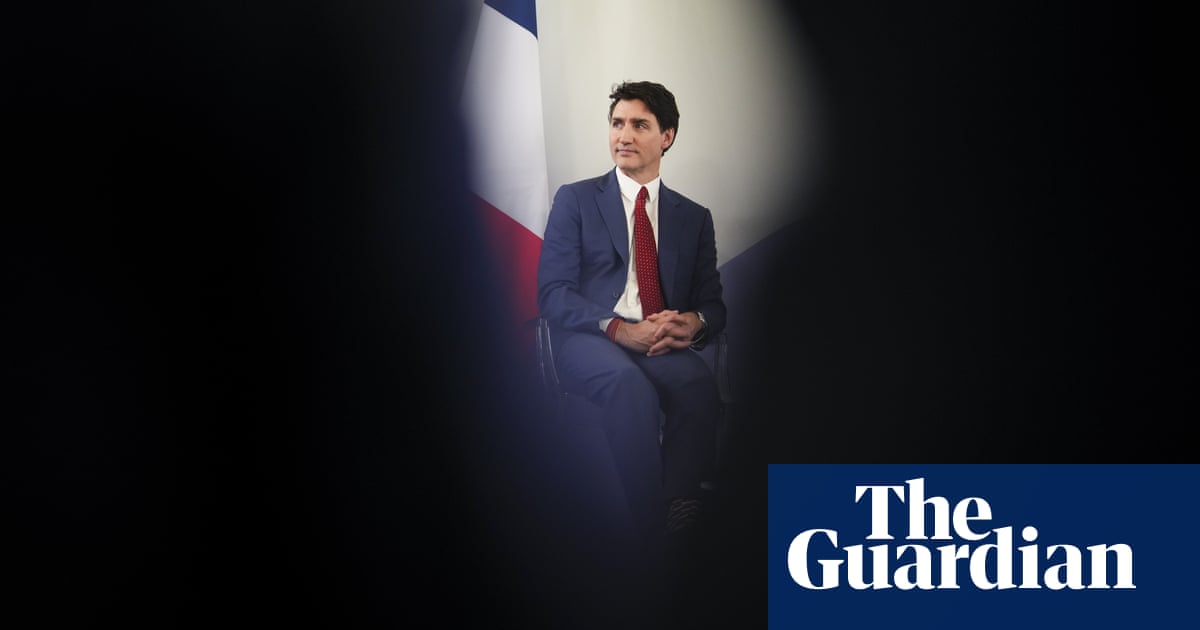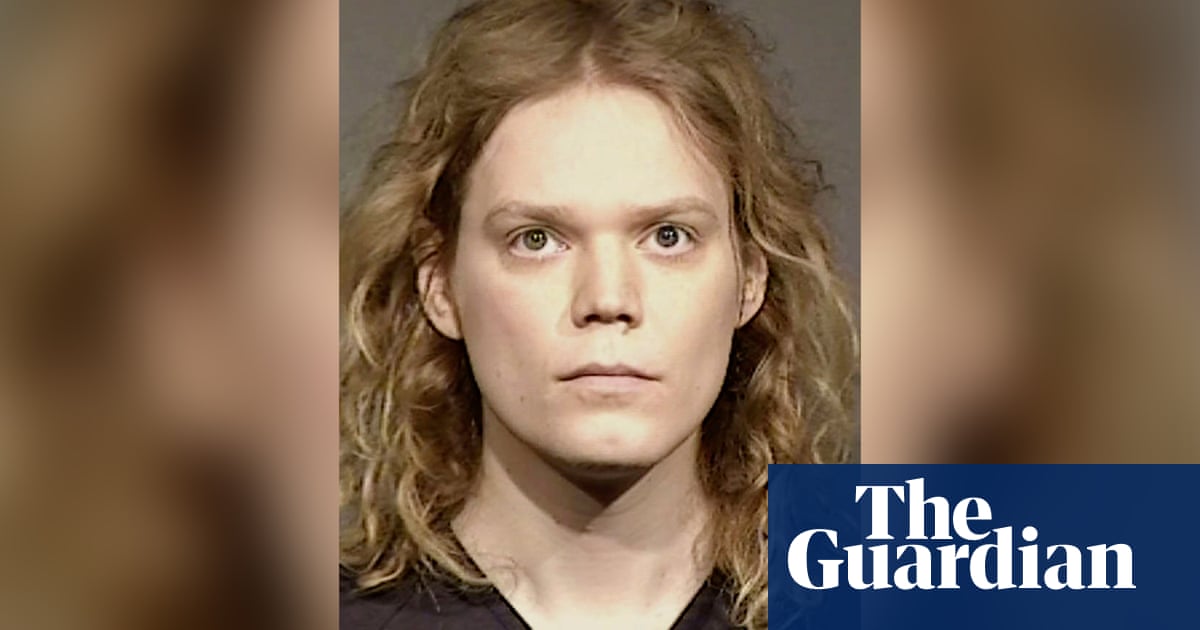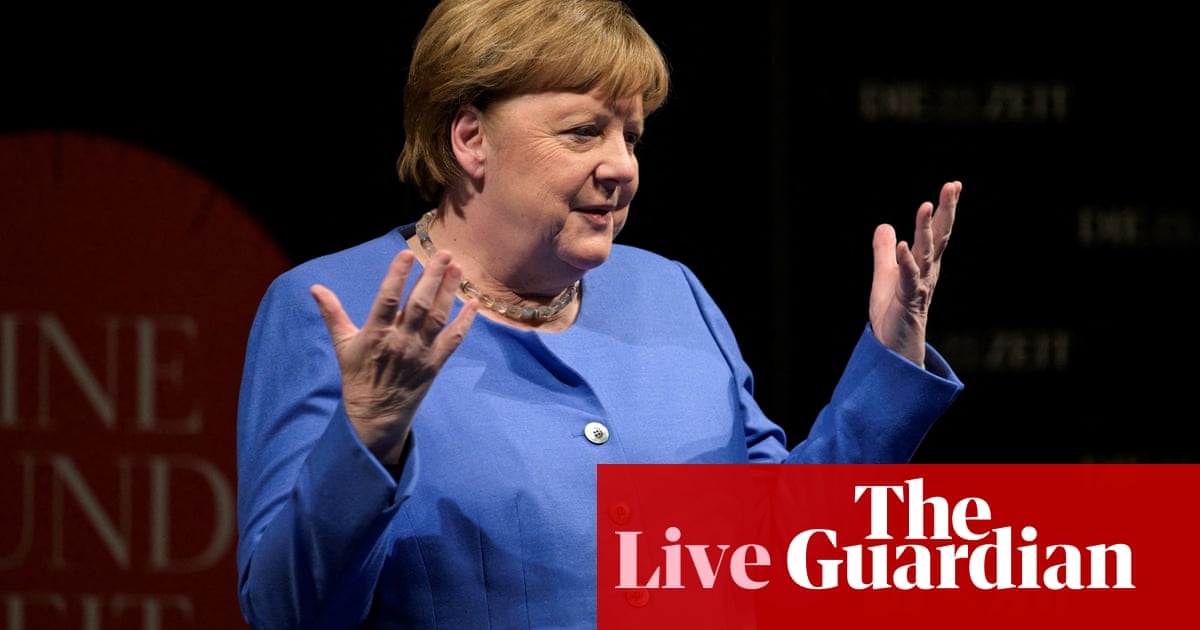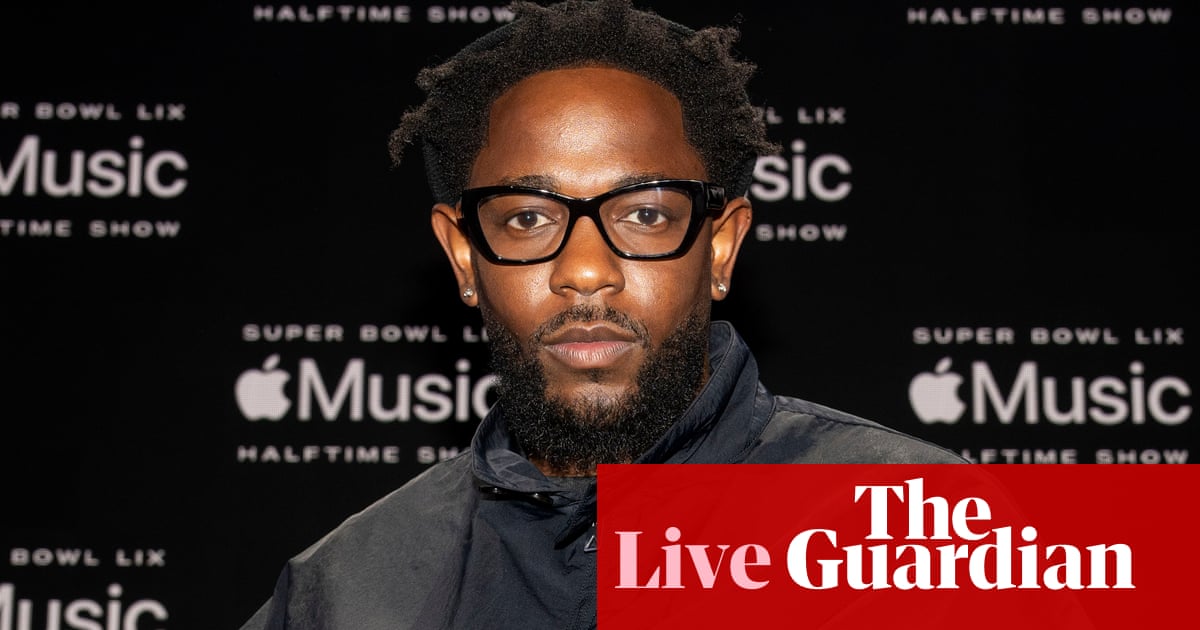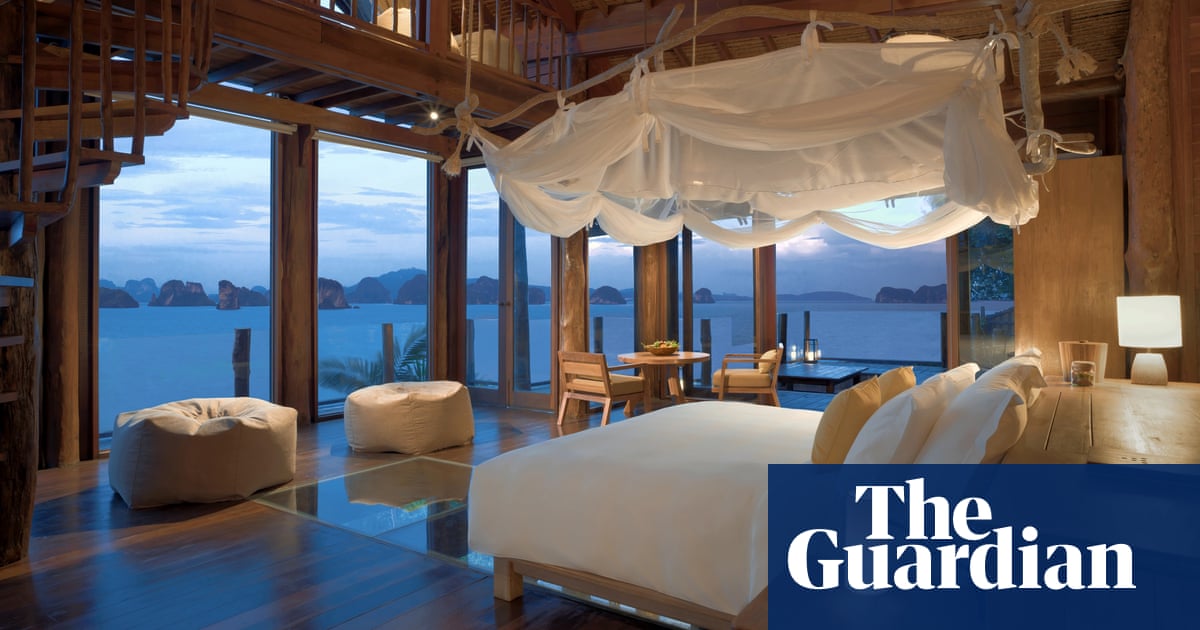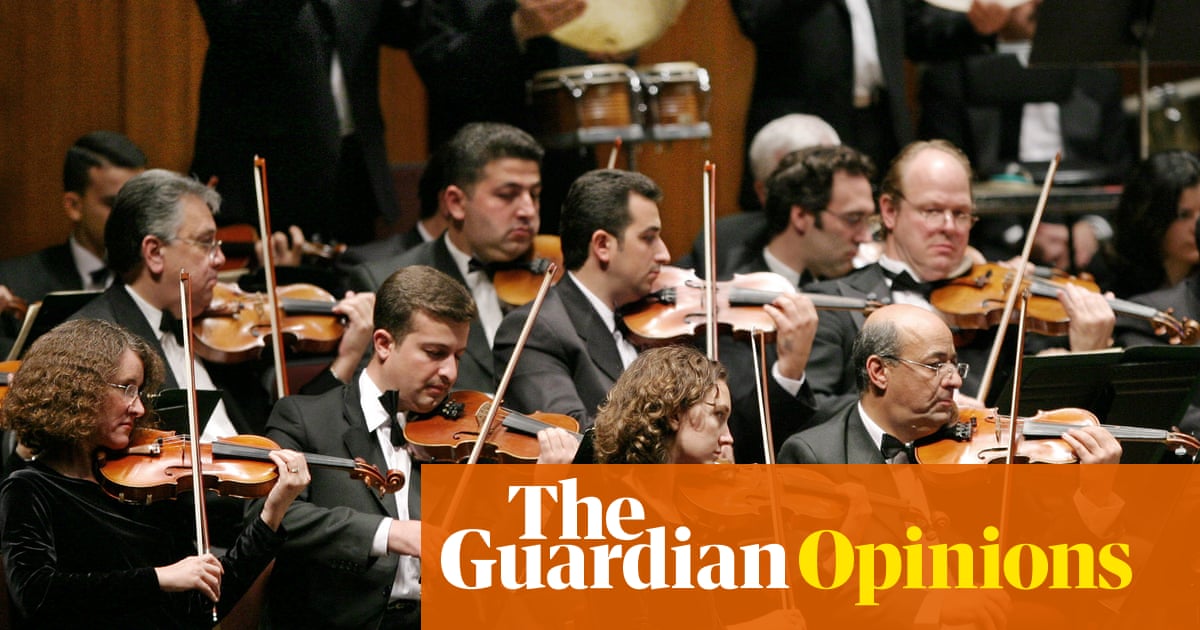It is four in the afternoon at Pellicci’s, a family-run cafe on Bethnal Green Road in London that has been an East End institution for 125 years. Its famously loudmouthed owners, British-Italian siblings Nevio and Anna, have been serving fry-ups, soups, pasta and jam roly-polies since eight this morning. The cafe is now closed, but Anna and Nevio are just getting started on their second job as hosts of the podcast series Down the Caff, in which they interview people about food and life over a meal of the guest’s choosing. The conversations are sweary, chaotic and an absolute hoot.
Their guests so far include actor and Pellicci’s regular Ray Winstone, Dexys’ Kevin Rowland, rapper Hak Baker and 86-year-old YouTuber Marge Keefe, AKA Grime Gran. Today’s interviewees are TikTok star John Fisher, AKA Big John, and his son, the boxer Johnny Fisher. When I tell Anna she must be due a lie down, she says: “Tell me about it. In fact, tell him!” pointing at their longsuffering producer George Sexton-Kerr, who is busy moving Formica tables around to make way for the film crew.
Why the film crew, I hear you ask? Podcasts are for ears, not eyes, aren’t they? It’s because the past 18 months have brought a shift in how pods are consumed, with scores of shows moving into video. In February, YouTube announced it had 1 billion monthly users watching podcast content, meaning the platform has leapfrogged Spotify (which in 2023 reported 100 million regular podcast listeners) and Apple to become the market leader. Little wonder Spotify is trying to catch up, with many of its top podcasts, including The Joe Rogan Experience, The Mel Robbins Podcast and Call Her Daddy now publishing in video.
This year, the BBC launched The Traitors: Uncloaked and Uncanny: Post Mortem in video as well as audio formats, while Business Insider has reported that Netflix is also preparing to move into visualised pods. Reflecting this trend, the British Podcast awards has this year added a new visual innovation award for “outstanding visual podcasting”. All of which means, like it or not, visualised podcasts – or vodcasts, as some are calling them – are happening.
Speaking to both listeners and creators about this brave new audiovisual world, it seems opinions are divided. Dedicated audiophiles quite reasonably ask why they would want to watch a podcast when their TV to-watch list is already out of control, but others say they enjoy having a choice and it can be fun to see the hosts whose voices they know so well. I also spoke to several independent audio producers who don’t wish to be named, who worry about YouTube’s dominance over the industry and are sceptical of audio being restyled as “crap telly”.
That’s not to say that visualised podcasts are expected to compete with mainstream TV: just as celebrity interviewer Amelia Dimoldenberg, the host of YouTube’s Chicken Shop Date, can exist alongside Graham Norton on the BBC, so can visualised pods exist in parallel with better resourced and produced television shows. Nonetheless, as a listener and podcast critic, I confess I too have reservations. For me, the delight of audio lies in the intimacy of having voices and soundscapes piped straight into my ears and sparking my imagination. Plus, I do most of my listening while doing other things such as cooking and walking the dog. The last thing I need is another form of entertainment that requires me to gape at a screen.
I am, however, up for watching pods where the visuals have a clear purpose and Down the Caff, which launched last year, is absolutely one of those. Sexton-Kerr, a radio and pod producer who took two years to persuade Anna and Nevio to make the series, imagined it as an audiovisual package from the off. “I always wanted it to be a multifaceted thing. It’s partly about the food, and Anna and Nev, who are this brilliant double act. But it’s also about the beauty of just sitting in here over a cup of tea and having a chat. It’s a grade II-listed building with all this art deco panelling and you need to see that.”
Nevio adds that, during the first couple of episodes, “Me and Anna didn’t know what we were doing, so it’s a lot of people shouting over each other. But we’ve got better, mainly because George has been telling us off. We’re thinking a bit more about how it will work [in audio and visual mediums] now.”
When my producer friends talk about pods as “crap telly”, they are referring to interview pods and chat-casts that, in theory, lend themselves to a visual format. For productions such as Begin Again With Davina McCall, Fashion Neurosis With Bella Freud or Call Her Daddy, this means you see hosts and interviewees on TV sets arranged like fancy living rooms complete with coffee-table books and mood lighting.
Often, though, it’s a camera squeezed into a sound booth or, worse, a crummy Zoom recording. One such offender is The Rest Is Politics, the chart-topping series presented by Rory Stewart and Alastair Campbell. Since the hosts are rarely in the same place, viewers invariably watch them in split screen, each beaming in fuzzily from their respective hotel rooms or home offices. Not for nothing did YouTube executive Pedro Pina recently say that The Rest Is Politics “feels like a high school [production]”, adding that “viewers determine the production values that they’re prepared to accept” – a polite way of saying that the show’s audience don’t care about quality.
Matt Deegan, a partner at the podcast marketing company Podcast Discovery, says: “For some audiences it’s less about consuming a podcast and more about consuming ‘a show’. There are definitely younger audiences who don’t listen to audio podcasts but are very comfortable on YouTube.”
after newsletter promotion
No matter the production values, the video versions can be easily clipped up for social media, boosting audience awareness of the shows. For a podcast looking to grow its audience, says Deegan, “the repetition of seeing fun, informative, silly or serious stuff from a show makes someone far more likely to hit Follow on their podcast app”. This is echoed by Sexton-Kerr, who notes: “We’re sticking minute-long Down the Caff reels up on Insta and TikTok and we’re getting more than 400,000 views on some of them. You can’t pay for that kind of publicity.”
For interview pods, the benefit of video content is clear, not least because it’s straightforward to make. Turning a narrative podcast into a decent visual proposition is a far bigger challenge, though there are already podcasters giving it a go. George Mpanga (AKA George the Poet) and Benbrick, creators of Have You Heard George’s Podcast?, the Peabody award-winning series about race, history and culture, are in the process of going back over their audio episodes and remaking them for a video audience.
“We need to go where the audience is,” Benbrick explains. “Even if your strategy is audio-first, it is insane to leave out [YouTube]. And if you’re going there, you might as well give that content the best chance to resonate. It kind of feels you can do anything right now, so we’re trying it out and seeing what it could look like. I don’t think it’s in its final form yet.”
Does all this spell doom for audio? While some in the industry worry that visualised content could further squeeze indie podcasters out of a crowded market, Benbrick believes it will create space “for productions that really consider their audio. With video content it’s hard to do really intricate audio work and, as a producer, I want what I put out to sound beautiful. This is a moment to make exceptional work.”
Back at Pellicci’s, as Nevio plonks down two enormous platefuls of jam tart on our table, Sexton-Kerr says he is certain it will all shake out. “It’s like that song Video Killed the Radio Star, isn’t it? But we still have radio stars. I have podcasts that I still love listening to, so I think there’s space for both. They’ll just live next door to each other.”

 5 hours ago
2
5 hours ago
2


